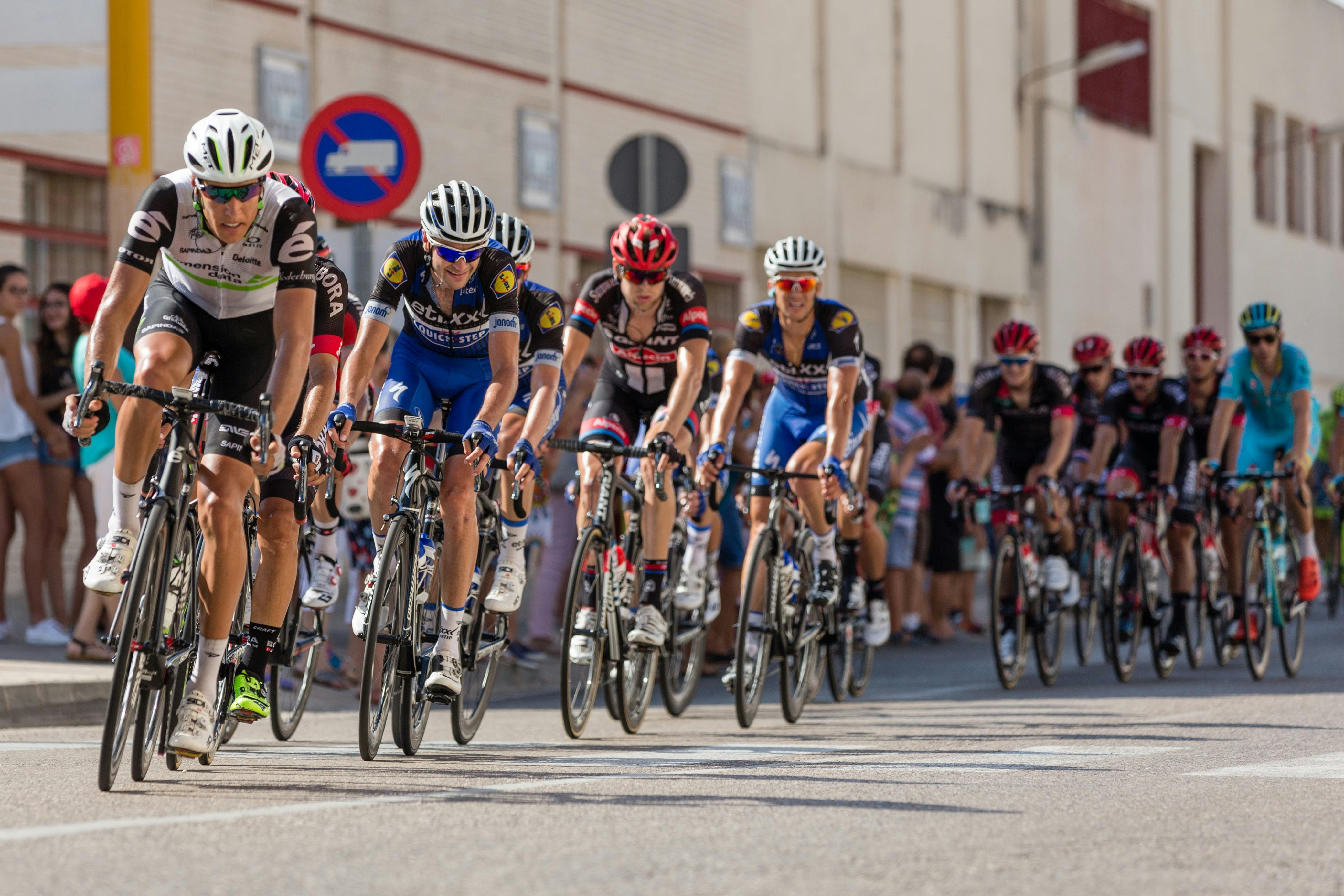how to braise meat
“A Braise” means to brown in fat and cook covered with a small amount of liquid. It is a method used to soften and intensify flavors in meats or vegetables. Inexpensive cuts of meat are generally best suited for this style of cooking, making it an affordable gourmet meal with little fuss.
Listed below are the 4 basic steps for braising meat and an example chart for different meats and their cooking times, followed by a recipe for: Braised Beef with Ginger and Pomegranate Sauce.
1º Start by choosing a cut of meat. Lamb or beef shank, pork or beef roast, shoulder steak, brisket, roast, and ribs are the most common beef, lamb, and pork stew options. Most are tougher cuts of meat with high levels of the protein known as collagen. Collagen cooked at low temperatures for an extended period turns to gelatin in the braising process, which in turn tenderizes the meat and creates a thick, rich sauce. So don’t think you need to buy a tender cut of meat to end up with a good meal. In the end, the tougher cuts of meat are better for creating the richest flavor and thickest sauce. The secret is in the gentle slow cooking. Chicken and fish are also great options, however chicken should not be skinless and bone-in is best, preferably legs and thighs, and for fish, cuts of shark and swordfish will hold up better than others.
2º Then brown in fat. Depending on your recipe, most meats are first browned in a small amount of fat to enhance color and flavor. Using a Dutch oven or a large heavy pot with a tight fitting lid, add the fat, heat on high, add the meat and brown on all sides. Browning usually takes 10 to 20 minutes and is a process that does not cook the meat completely, it is a superficial cooking called browning or searing to maintain the flavor. Usually the meat is left whole for braising, but if the meat is cut up, remember that equal size portions are best for even cooking.
Suggestions: To achieve successful browning, food must be dry and without moisture; otherwise they will steam and not brown. Also, not overcrowding your pan will allow moisture to escape during the browning process and give you a properly browned item.
3. Then add your liquid. Liquids can include wine, apple juice, water, broth, etc. Liquids, however, should not cover the meat. Usually no more than ¼ – 1 cup is needed and sometimes no liquid is added depending on the recipe. Also at this point you can add other elements, onions, garlic, spices, vegetables, etc.
4. Cover and cook over very low heat, on a stovetop, in a slow cooker, or in the oven, usually 1 to 4 hours or longer depending on the recipe. Oven cooking is more effective, due to even heat on all sides, offering the best flavor and tenderizing results, along with a less fussy project. (Braising temperatures are 145-300 degrees, however inexperienced cooks should not cook below 185-200 without proper temperature control equipment, meat can spoil if improperly simmered , if there is a simmer (little bubbling in the pot you know your temperature is not too low)
Examples of cooking times:
Leg of lamb, four to six legs each, one pound, 2 ½ hours
Roast Shoulder 3-4 pounds, 3½ – 4 hours
Top Sheet Steaks, 2 ½ to 3 pounds, 1 ½ inch thick, 1 ½ to 2 hours
Breast, 3½ to 5 pounds, 1 ½ inches thick, 3-4 hours
Back ribs, 3-4 pounds, 2x2x4 inches, 1 ½ to 2 ½ hours
Short ribs, 3-5 pounds, 2 ½ to 4 hours
Boneless Chuck Roast, 2½ -3 lbs., 2½ hours
Chicken, bone-in, 1 hour
Swordfish, 2-4 pounds, 1 inch thick, ½ to 1 hour
Ginger beef with pomegranate sauce
3 – 4 pounds brisket or shoulder roast
2 tablespoons of olive oil
1 large onion, chopped
3 inches fresh ginger, sliced ¼-inch thick
15 large garlic cloves, peeled and left whole
1/3 cup soy sauce
1/3 cup pomegranate syrup (most stores have this)
1/3 cup brown sugar
Wash the brisket and dry the excess moisture from the surface of the meat.
In a heavy pot with a tight-fitting lid or Dutch oven, heat the oil and brown the brisket and onions together for about 7-10 minutes. Turn the brisket so that it browns evenly on all sides.
Add remaining ingredients, cook for about 3-5 minutes until sugar is melted and sauce is heated through, stir well, cover and bake in a 300° oven for about 3-4 hours, stirring once or twice to baste the meat. (A slow cooker can also be used and won’t require stirring, however I like to stir and baste once just because I enjoy checking progress)
To cook on the stovetop, cover and keep the heat on low, and the sauce on low heat, stirring every 30-45 minutes. Cook the brisket for about 3-4 hours, or until the meat is tender and the sauce has thickened.
If the sauce has not thickened to the desired thickness when the brisket is done; remove meat and cover, then reduce for a couple of minutes.
Slice the meat and place it on a large plate, pour the sauce over the top and garnish with cherry tomatoes or parsley.
